Spitfire Mk Vb Tropical, EP-706 “T*L” No. 249 Squadron as flown by George Beurling at Malta
This article is part of a series:
- 100 Years of the RAF, No. 19 Squadron circa August 1938, Duxford, UK 1/48 Airfix Spitfire Mk I “early”
- 100 Years of the RAF, 541 Squadron late 1944, Spitfire PR MK XIX, 1/48 Airfix
- 100 Years of the RAF, No. 601 Squadron, Egypt November 1942, 1/48 scale Tamiya 61035 Spitfire Mk Vb
- 100 Years of the RAF, No. 222 Squadron RAF Hornchurch, September 1940, Spitfire Mk Ia, “ZD-R” Tamiya 1/48
- Spitfire Mk Vb Tropical, EP-706 “T*L” No. 249 Squadron as flown by George Beurling at Malta
- 100 Years of the RAF… Alan Deere’s Spitfire Mk I “Kiwi”, No. 54 Squadron Tamiya 1/48
- 100 Years of the RAF, Spitfire Mk Vb, 81 Squadron RAF Hornchurch, June 1942 “FL*A” / BM-461 Tamiya 1/48
I want to start out by thanking Martin and his staff for hosting such a wonderful website where we can display our work. I also want to thank Paul Barber @yellow10 for coming up with a great idea to commemorate the 100 Years of Service provided by the RAF, and for moderating this Group Build.
Here's another Spitfire that I built as a part of the recent Group Build celebrating the 100 Years of the RAF. This one was built on my thoughts about the "Malta Spitfire" colors, after doing a lot of online research and consulting various friends about what it "Could have" looked like. In no way does this mean my rendition is absolutely "correct", but I think it's likely, based on what we know at this moment (and that's always subject to change).
This one was built right out of the box using the new tool Airfix Mk Vb kit in 1/48 scale. If you have not built one of these, they are a great model, and the only addition needed would be to add a seat harness.
The overall fit was spot on. There was a little filler used on the upper fuselage / windshield insert. This may have been due to my building practices, but so far I have experienced this with two different Airfix Spitfires. One was the Mk I kit and the other was this one.
My only complaint is the odd setup for installing the main landing gear legs. This is definitely a weak point. However, I found that if you make sure the gluing surfaces on the struts are clean and free of any traces of paint, once dried it is a fairly strong joint. The problem lies with the alignment of the main struts. Detailed angles are given in the instructions, but there could have been a better way of doing this.
If you are curious as to what all went into this build, here's a link to the build journal. There's a lot of decent pictures showing the process. Included in this build journal are a bunch of other Spitfire builds. It started out as 8 Spitfires, but somehow "morphed" into 12...
This is currently an active build log, so there will be regular updates added.
This model was finished using Model Master enamels exclusively. Unfortunately, most of the colors I used on this one have now been discontinued, since Rustoleum bought the company - too bad as I really liked how they worked and the colors that were available.
After watching a television episode on the Military History channel, called "Air Aces: Full Throttle" about George Beurling, and especially after leaning more about the man himself, I knew that someday I would be building up a Spitfire flown by the Canadian Ace when he flew with the 249 Squadron.
Having this 100 Years of the RAF group build, it was the perfect time 🙂
Then after doing some research on the Spitfires based at Malta, I discovered what an absolute mine field it would be if I wanted to build something that was fairly accurate as far as the color combinations could have been. It turns out that many different types of camouflage were used.
This was partly based in the fact that although Malta has a desert type arid landscape, it is an island and surrounded by water. So if a plane was camouflaged to help hide it while on the ground, the same colors made it stick out like a sore thumb when flying over water.
Spitfires were desperately needed on the island of Malta at this point in the War. From what I read, it was the most heavily bombed place on earth during this time frame. The Luftwaffe and the Italian Air Force were making daily bombing runs, and there was a considerable effort made to blockade the island of all needed supplies.
The US Navy along with the Royal Navy made several different runs into the area with Spitfires on board as cargo. These Spitfires were flown from the decks of aircraft carriers with large "droppable" fuel tanks that were suspended under the fuselage. These planes also received a hasty paint job covering the upper surfaces. This is where it gets tricky. Some state there were US Navy colors used, others state that British colors were used, and a whole big can of worms was opened up... I really don't think that anyone knows for sure exactly what was used.
But only some Spitfires were painted this way prior to delivery. Some arrived in the Desert Scheme of Dark Earth and Middlestone over Azure Blue... and the plot thickens. Here's a line up showing Spitfires from 249 Squadron on Malta. The one in the foreground looks to be wearing desert colors, while the others are somewhat darker, possibly a single color on top.
Here is a picture of a Mk Vc ready for take off from an American carrier.
It has been hastily painted and the upper colors appear to be a single darker color. The color could be fresh US Navy Blue Gray that has not yet faded, or it could be mixed from various shades. There are also some comments that were made about these planes could have possibly been painted using paint colors from RAF stocks that could have been loaded on board the carriers. You can also see where the fuselage serial number was masked off, allowing the desert colors to show up around the area where the serial number is located on the rear sides of the fuselage.
It also has the large fuel tank suspended from under the fuselage.
Then there was reportedly an official request made that all "future" deliveries of Spitfires be made with the planes delivered in "Malta" colors. Some have speculated that these colors were various shades of blue or possibly gray. Here I have included a color chip illustration that shows some of these Blue colors. So they did actually exist. The colors I am referring to are listed towards the bottom of this chart as "Low Contrast" for use specifically on Beauforts. The colors are called "Light Mediterranean Blue", Dark Mediterranean Blue, and Azure Blue.
I found other various photos online that showed Spitfires from 249 Squadron on Malta. Some appear to have been freshly painted, and still have a gloss to the finish.
I even found a color picture that shows a Malta plane (BR 112) that crash landed on the shore. It too has a gloss to it. Some have speculated that this photo was colorized, but I don't think it was. It also shows the fuselage letter in yellow. I think it "may" have been painted in PRU Blue on the upper surfaces.
Later on in my research, I found out where someone reportedly asked a former RAF ground crew member that served on Malta about the yellow codes on the sides of the fuselage. He reportedly stated that the yellow color was used, however it was not used during the time when George Beurling was on the island.
If you look closely at this next photo, this could very well be true. The fuselage codes do not seem to match the outer ring on the RAF roundel. The shade looks to be a little off... but here again I am trying to determine a color using a Black and White photo. This is almost next to impossible at best.
This next photo also reveals a little more information: If you look even closer at it, the letters on the side "T * H" appear to be a lighter color than the outer ring on the fuselage RAF roundel, which we know is yellow. Another interesting feature is how the camouflage color demarcation lines are somewhat visible on top of the elevator and stabilizer. Yet on the wing and remainder of the airframe they are not. This last area looks to be a darker monotone color.
Another interesting feature is how the paint has been worn off the back side of the propeller blades. This is something you would expect to find on a Corsair in the Pacific!
I tried to replicate this effect on the propeller of my "Beurling" plane...
There were even reports of Spitfires being repainted in the field on Malta. Some have stated that "local" colors were mixed up using various shades. Here you can see a Spitfire (serial number EP-257), taxiing with a ground crewman running alongside it. This plane appears to have had some recent touch up work done to the paint, as the fuselage codes have been freshly painted over. It looks as if some planes were reassigned to other units on Malta after repairs were made at field depots. This might explain the letters being over painted.
If you look even closer, you will see a considerably amount of dust being kicked up by the prop. This would have eroded the paint rather quickly on the back sides of the propeller blades, and along the leading edges of the prop too.
Later in the War the Luftwaffe did the same thing and painted over the fuselage codes.
In this next photo, you can see at least 4 Spitfires from 249 Squadron parked at an airfield on Malta. This is probably Tai Kali. The ones you can make out the fuselage codes are left to right, "TJ", TK" and "TU". The fourth Spitfire is partially visible under the nose of "TJ". These planes also appear to have fuselage codes in a lighter color, something that doesn't appear to be a yellow.
The plane I modelled mine after was numbered as "TL" and would probably have been painted just like these machines are. So I chose to paint my letters "TL" in a shade of light gray, instead of yellow.
On "TK", just ahead of the stabilizer, you can see where the fuselage serial numbers appear to have been masked off just like the ones on the Mk Vc taking off from the US aircraft carrier in a picture shown above. This shows up as a lighter spot on the side of the plane. It also appear to be visible on "TU"... and this area could be blocked by the stabilizer on "T*J".
So I chose to do this on my build.
I left the area surrounding the side fuselage serial number of "EP-706" in the original Middle Stone and Dark Earth colors.
George Beurling flew various Spitfires while he was on Malta. He scored most of his victories in the Mark V c version however. The "C" wing came from the factory with the provision to carry four cannons, with two mounted in each wing. These wings had different style "bulges" from the earlier "B" wing which only held a single 20mm cannon in each wing.
Here in these next two photos you can see the cannon bulges on the "B" wing. I didn't want to try and convert this one over to a "C" wing, so I had to pick a plane that he scored in that was a "B" wing variant.
However most often on Malta, the 4 cannon were not used all that often. In order to save weight and increase performance, plus extend the ammunition on hand this number was often reduced to two cannons per plane. The outer wing openings were often covered, but the cannon bulges would still be present in the sheet metal.
My research indicated the George Beurling scored kills in a total of 5 different Mk Vb Spitfires. The first two machines were from when he was assigned to No. 41 Squadron. The 41 Squadron machines were
W 3383 and W 3636.
He only scored in three different Mk Vb's on Malta. These were:
EP-135
EP-706 (coded as "T * L")
EP-973
I could only find references to EP-706, so I went with it. These last three Spitfires were all manufactured at Castle Bromwich.
The way I decided to paint this Spitfire was to copy how it possibly could have been done. I started out by painting the airframe in the typical desert scheme using Dark Earth and Middle Stone for the upper colors. Then I gave the upper colors a series of light coats using a color called "Gunship Gray", FS 36118.
I wanted the original desert colors to show through in various places, and along the leading edges of the wings.
My thoughts on this were that since the island was being strangled for supplies, painting would have been done just enough to get the desired effects. I'm certain that the original colors did show through, as we have photographic evidence showing this that I posted above.
I also took some very fine sand paper, (2000 grit wet or dry) and lightly sanded the gray colors off in a few places. I wanted to give the plane a worn look as if it had been operating in a harsh environment.
Finally using the Tamiya weathering decks, I added some "dust" color to make this one look the part of operating in a dusty climate. The engine panels and exhausts,
and around the fuel tank ahead of the cockpit received this treatment. The wing filet walk way area and the ammunition access panels also were done in this manner.
This next information about George "Buzz" Beurling is directly from Wikipedia.
George Frederick "Buzz" Beurling DSO, DFC, DFM & Bar (6 December 1921 – 20 May 1948) was the most successful Canadian fighter pilot of the Second World War.
Beurling was recognized as "Canada's most famous hero of Second World War", as "The Falcon of Malta" and the "Knight of Malta", having been credited with shooting down 27 Axis aircraft in just 14 days over the besieged Mediterranean island. Before the war ended his official total climbed to either 31 or 311⁄3. Beurling's wartime service was terminated prior to war's end. In an attempt to continue combat flying in the postwar era, Beurling lost his life in a crash while attempting to deliver an aircraft to Israel.
George Beurling was born in 1921 in Verdun (now part of Montreal), Quebec into a religious family and was the third of five children in the family. His father, Frederick Gustav Beurling, was Swedish and a commercial artist working for the Claude Neon Company. His mother, Hetty Florence Gibbs, is of English descent and was born in the Montreal suburb of Pointe-Saint-Charles. George Beurling began to develop an interest in flying at the age of 6 when his father built him a model aircraft. His parents wanted him to study in McGill University and become successful commercial artist just like his father. At the age of 15, he quit school and took up a job to increase his income. One year later, he had 150 flying hours and managed to pass all examinations for a commercial pilot license. Wanting to increase his flying experience, he went to China, hoping to join the Chinese Nationalist Air Force by crossing the US border. He was thinking to head to San Francisco and work for some where in China and later sign up for the job. Eventually, he was arrested as an immigrant at the border and was repatriated back home. He first took the controls of an aircraft in 1933 and was flying solo by 1938. He left school to work for an air freight company in Gravenhurst, Ontario, and soon gained a commercial license. Beurling joined the Royal Air Force in September 1940.
With the outbreak of war, Beurling tried to join the Royal Canadian Air Force, but his lack of academic qualifications led to his rejection. He then tried to join the Finnish Air Force (which was fighting the Soviets in the Winter War), but could not get his parents' permission. Instead, Beurling sailed across the Atlantic on a convoy, landing in Glasgow, intending to enlist in the Royal Air Force. Unfortunately, he had forgotten his birth certificate and had to return to Canada. In September 1940, after he had survived the return trip, the RAF accepted him as a pilot.
RAF service
Having survived one or two aerial misdemeanors, Beurling reached No. 7 Operational Training Unit, at RAF Hawarden, in September 1941. Beurling demonstrated considerable skill in training. In Hawarden, he came under the influence of the great Ginger Lacey, whose score at the time stood at 27. Lacey later commented about Beurling: "There are not two ways about it, he was a wonderful pilot and an even better shot."
These two factors, coupled with exceptional eyesight, were the keys to Beurling's later success. But they did not come without effort. At Hawarden, he immersed himself in gunnery, estimation of range, deflection, bullet trail and bullet drop, imprinting them into his subconscious until they were automatic. For him, flying and shooting became one single action.
In the middle of December, he was posted as a Sergeant Pilot to 403 Squadron, a RCAF "Article XV squadron", which had just moved to North Weald, Essex. He flew his first (uneventful) combat mission, in a Supermarine Spitfire, on Christmas Day 1941. Beurling remained with 403 for nearly four months, escorting bombers and flying fighter sweeps across the English Channel. While he was in formations "jumped" by German fighters, Beurling did not get off an effective shot during his time with 403.
In early 1942, a change of policy by the RCAF required its squadrons to be staffed by RCAF personnel. Because Beurling had remained technically a member of the RAF, he was posted to 41 Squadron RAF in Sussex.
His first two missions with his new squadron were uneventful, but on the third, a sweep over Calais on 1 May, five Focke-Wulf Fw 190s jumped the section. Beurling, who was the "tail end Charlie", the last of the formation, became separated from his flight and his Spitfire suffered a number of serious hits that put half of his guns out of action. Nevertheless, he managed to fire a short burst at an Fw 190; the German fighter exploded in mid air. Two days later, as usual for a newcomer, he was assigned again to the number four position. He spotted a lone Fw 190, and broke from the flight to pursue it. He claimed the German fighter as destroyed over Cap Gris Nez.
On this occasion, Beurling was reprimanded for attacking a target without permission, and became unpopular with his superiors and fellow pilots.
When another pilot was posted overseas, Beurling offered to take his place. Ordered to board a ship, he did not know his destination until the vessel reached Gibraltar. He was destined for No. 249 Squadron RAF, at Malta
He fired only when he thought he could destroy. Two hundred and fifty yards was the distance from which he liked best to fire. A couple of short, hard burst from there and that was usually it. He picked his targets off cleanly and decisively, swinging his sight smoothly through them as a first-class shot strokes driven partridges out of the sky. It was a fluent and calculated exercise... For Beurling the confirmed kill was the thing.
Nine of his kills on Malta were Italian pilots. About them he used to say: "The Jerrie are probably better over-all pilots than the Italians, but they certainly let the Eyeties do their fighting for them when the going got tough. When we get around to adding the final score for this show I hope somebody thinks of that".
On 6 July, he was flying one of eight Spitfires that were scrambled to intercept three Italian Cant bombers and 30 Macchi 202s, Italy's top-line fighter. The eight Spitfires dived straight into the Italians. In seconds, with one burst Beurling had damaged a bomber. Then, suddenly he was on the tail of a Macchi whose pilot (probably Sergente Maggiore Francesco Pecchiari from 51° Stormo), spotting the Spitfire, plunged into a dive. The Canadian chased his prey for 15,000 ft and, when the Italian pulled up at 5,000, Beurling let go a two-second burst from 300 yards away. It was a perfect hit. Although he wasn't aware that he had been fired on, when Beurling inspected his Spitfire back at Takali, he found it riddled with bullets. Undaunted, that evening, just before dusk, he was in the air again in a patrol of four Spitfires. Radar had shown two German JU 88s and 20 Messerschmitts Bf 109Fs, heading towards Malta. After the four Spitfires dived and split up the formation, Beurling followed a fighter trying to escape at low level over the sea. After he laid down a two-second burst the German crashed into the Mediterranean.
On his last combat mission over Malta, while engaging a third aircraft, another, taking him unawares, drilled his aircraft with cannon shells from behind. Screwball, injured quite severely by shrapnel, bailed out low down. He landed in the sea and got into his dinghy. Malta's air-sea rescue service quickly came to his aid. L.G. Head, a member of the crew of HSL 128 remembered that when they picked him out of the water he was most concerned that he was unable to locate a small bible that he had been given to him by his mother.
After his rescue, Beurling was hospitalized.
Beurling was then sent back to Britain on 31 October 1942. On the way, the B-24 transport aircraft he was aboard crashed into the sea off Gibraltar. Beurling was one of only three survivors.
On 4 November he received the Distinguished Service Order, the citation read:
Pilot Officer George Frederick BEURLING, D.F.C., D.F.M. (128707), Royal Air Force Volunteer Reserve, No. 249 Squadron.
Since being awarded the Distinguished Flying Cross, Pilot Officer Beurling has destroyed a further six enemy aircraft, bringing his total victories to 28. During one sortie on 13 October 1942, he shot down a Junkers 88 and two Messerschmitt 109s. The following day, in a head-on attack on enemy bombers, he destroyed one of them before he observed his leader being attacked by an enemy fighter. Although wounded, Pilot Officer Beurling destroyed the fighter. Then climbing again, although his aircraft was hit by enemy fire, he shot down another fighter before his own aircraft was so damaged that he was forced to abandon it. He descended safely on to the sea and was rescued. This officer's skill and daring are unexcelled.
Over Malta, he had claimed over 27 kills, by far the highest total by an RAF pilot during the campaign.
In this particular Spitfire, EP-706 / T*L, "Buzz" Beurling scored 2 Bf-109's listed as destroyed, (and another one damaged), on 25 September 1942. He scored again in this machine on 10 October 1942, claiming another 2 Bf-109's destroyed.
After landing back in Britain, Beurling was then sent to Canada to join a Victory Loan Drive, selling war bonds, being the guest of honor at a parade in Verdun and meeting Prime Minister Mackenzie King. He was promoted to war substantive Flying Officer (on probation) on 30 January 1943. He did not enjoy the war bond campaign. Also, he often said things that embarrassed the RCAF, such as that he enjoyed killing people. The leg wound Beurling had received over Malta, combined with his poor general health, returned him to hospital for several weeks. He completed his promotional work in mid-1943 and also met his future wife, Diana Whittall in Vancouver.
Instructor
Returning to Britain, Beurling was posted as a gunnery instructor to 61 OTU. On 27 May 1943, he was posted to the Central Gunnery School at RAF Sutton Bridge. On 8 June, during a mock dogfight, Beurling was forced to bail out of Spitfire II P7913 when the engine caught fire after being accidentally hit. It is alleged that whilst stationed at RAF Sutton Bridge he actually flew under the Crosskeys Bridge that crosses the Nene, which still stands today having been built 1897.
Royal Canadian Air Force
On 1 September 1943, Beurling transferred to the Royal Canadian Air Force, and was posted to an operational squadron, 403 (a return to his first squadron) at Kenley, flying the new Spitfire IX. Shooting down an Fw 190 of JG 2 in September, but unhappy with flying sweeps, Beurling requested command of a flight of North American P-51 Mustangs in order to carry out deep penetration, free-roaming raids into Germany. His request was turned down.
Disciplinary problems annoyed his commander, but Beurling was promoted to flight lieutenant. However, his stunting of a de Havilland Tiger Moth at zero feet over his airfield eventually led to his Wing Commander, Hugh Godefroy, threatening him with a court martial. Subsequently, Beurling was transferred to 126 Wing HQ and then to 412 Squadron.
At 412 Squadron, Beurling again came into conflict with his commander for stunting and his lack of teamwork, leading to his eventual grounding. He claimed his last kill on 30 December, shooting down and wounding Uzz. Wyrich of 5 Staffel, JG 26 flying a Fw 190, when the squadron was covering returning American bombers near Compiègne, France.
Discharge
Beurling returned to Canada in April 1944. He was given an honorable discharge in October and, despite an attempt to join the United States Army Air Forces, his wartime flying was over. He ended his career as a squadron leader with 31 and one shared official kills, nine claimed damaged, along with a DSO, DFC and a DFM and bar.
Death
Beurling's marriage ended in March 1945, but he was not formally divorced. He survived the war, but struggled to adjust to civilian life.
In 1948, Beurling was recruited to fly P-51 Mustangs for the Israeli Air Force. En route, after a test flight, Beurling fatally crashed his Noorduyn Norseman transport aircraft while landing at Aeroporto dell'Urbe in Rome on 20 May 1948, just six days after the Israeli Declaration of Independence.
It was his tenth crash. Suspicion at the time of the accident centered on possible sabotage, which was never proven. "The initial report, while it identified the crew as Beurling and Leonard Cohen (another Malta RAF pilot), acknowledged that the bodies were burned beyond recognition." Beurling's widow, family and personal friends were not in attendance at the funeral in Rome. On a small brass plate over the lid of the coffin were the words "Colonel Georgio Beurling".
Beurling's coffin was kept for three months in a warehouse in the Verano Monumental Cemetery, as nobody had claimed the body. Then his widow, Diana Whittall Gardner, had him buried in the Protestant Cemetery behind the Cestia Pyramid, between the graves of Percy Bysshe Shelley and John Keats. In November 1950, two and half years after his death, Beurling's casket arrived at Haifa Airport. His coffin, draped with the blue and white Israeli flag, was laid in a nearby air force base, where an honor guard of young airmen mounted a silent watch. During the long funeral in the streets of Haifa, Israeli Air Force aircraft paid homage to Beurling. At last, he was re-interred in the military cemetery at the foot of Mount Carmel. The grave is marked, as are the others in Israel Defense Forces cemeteries, with only name, serial number and rank: for Beurling that of segen, lieutenant.
According to Group Captain "Laddie" Lucas, Beurling was "untidy, with a shock of fair tousled hair above penetrating blue eyes. He smiled a lot and the smile came straight out of those striking eyes... he was highly strung, brash and outspoken... something of a rebel.
I hope you have enjoyed this article as much as I have enjoyed the research and building of the model.
As usual,
Comments are encouraged.
Happy New Year!
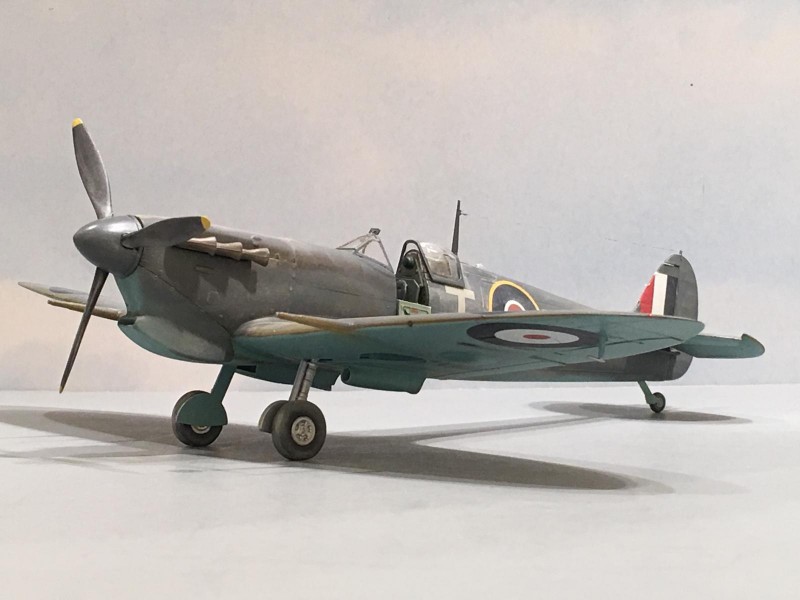
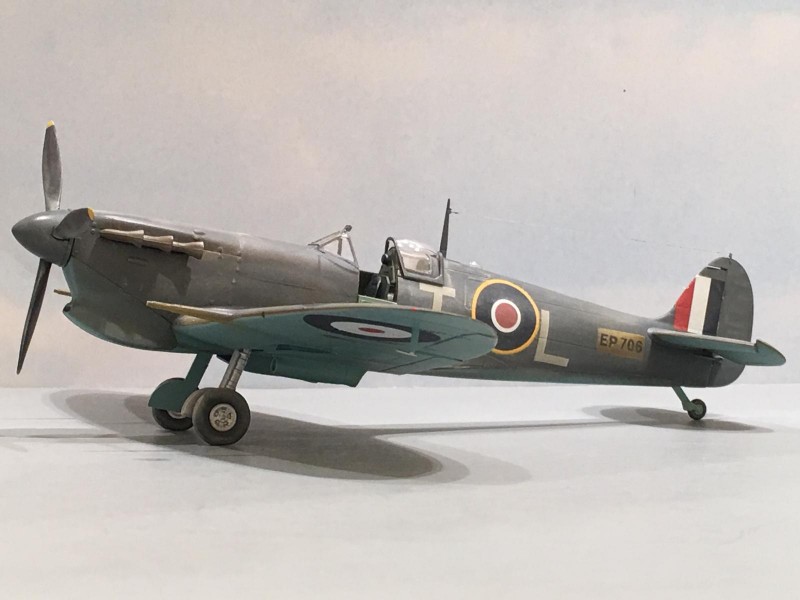
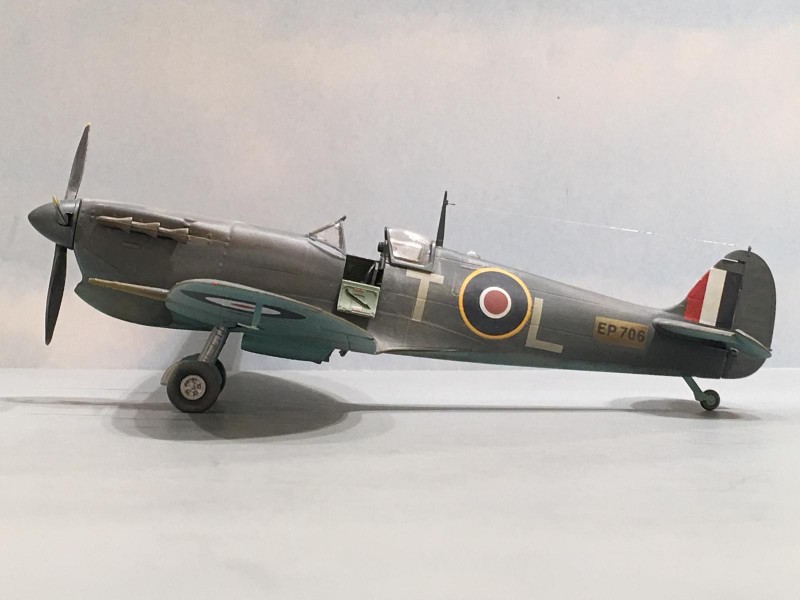
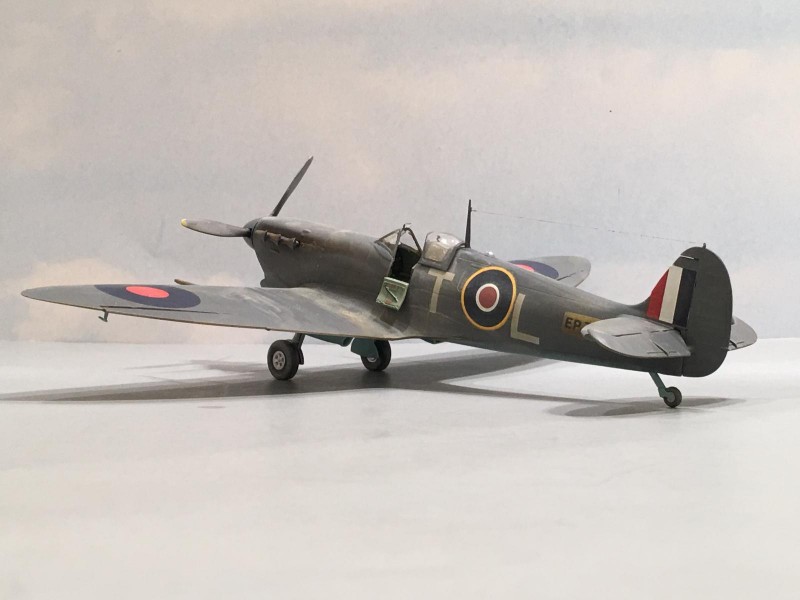
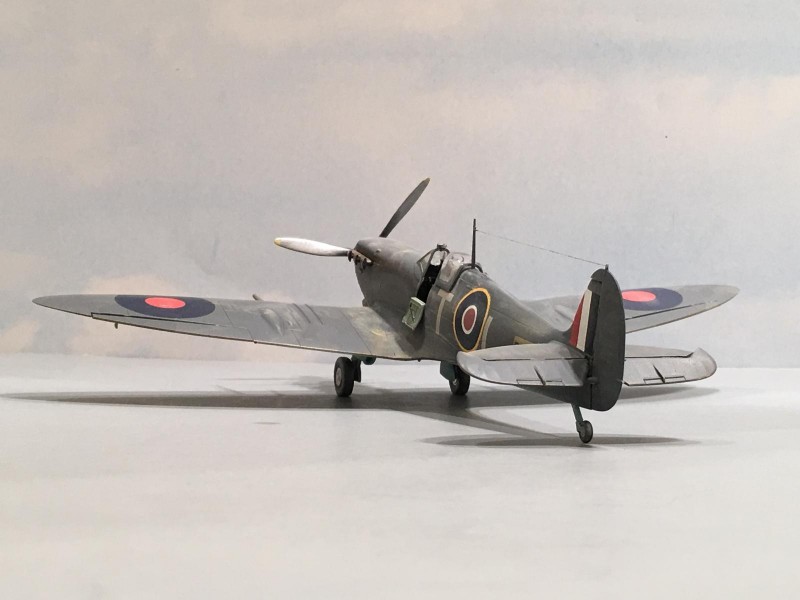
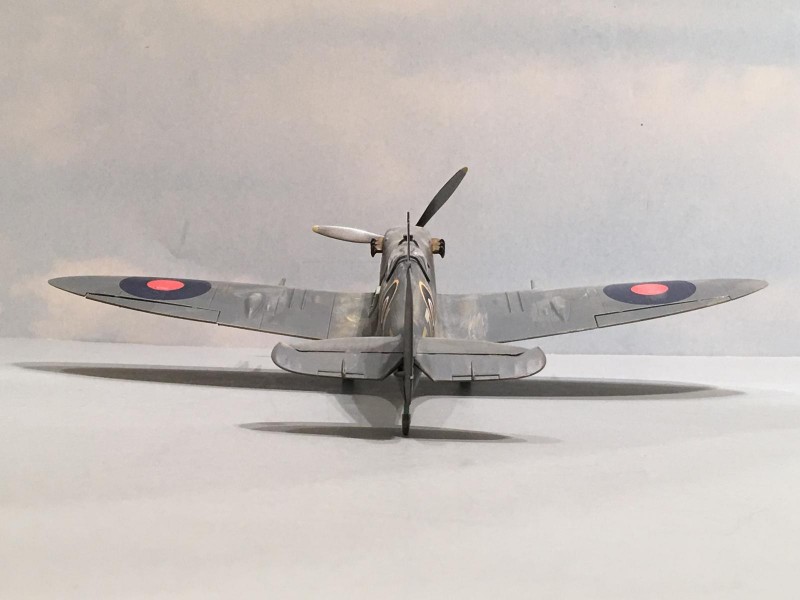
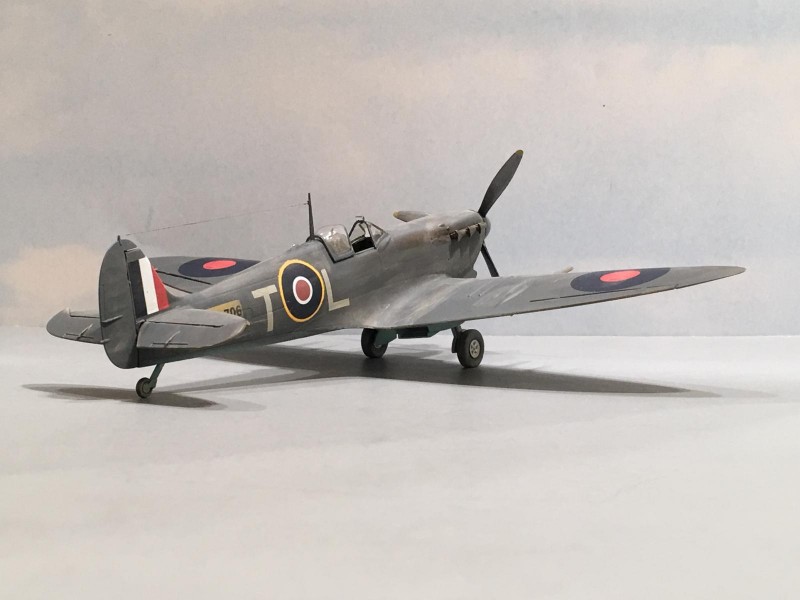


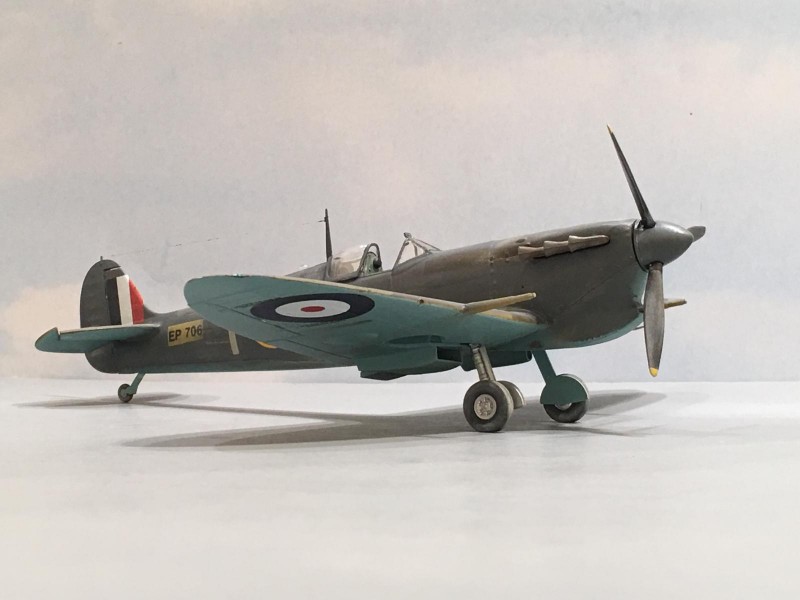
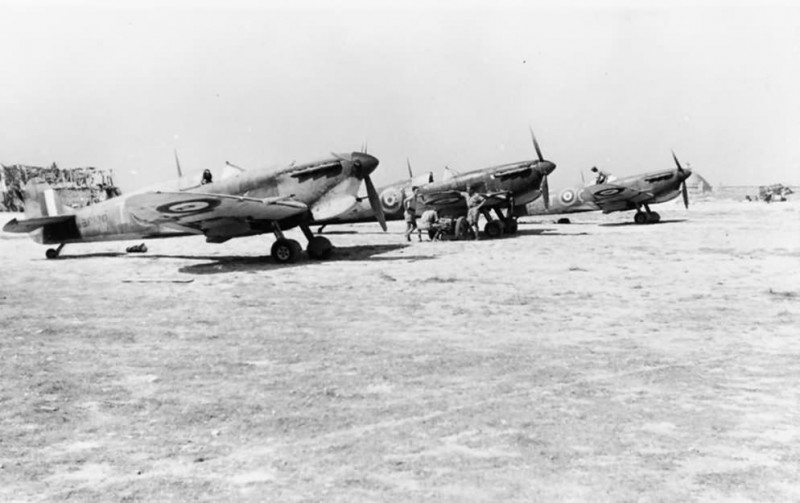

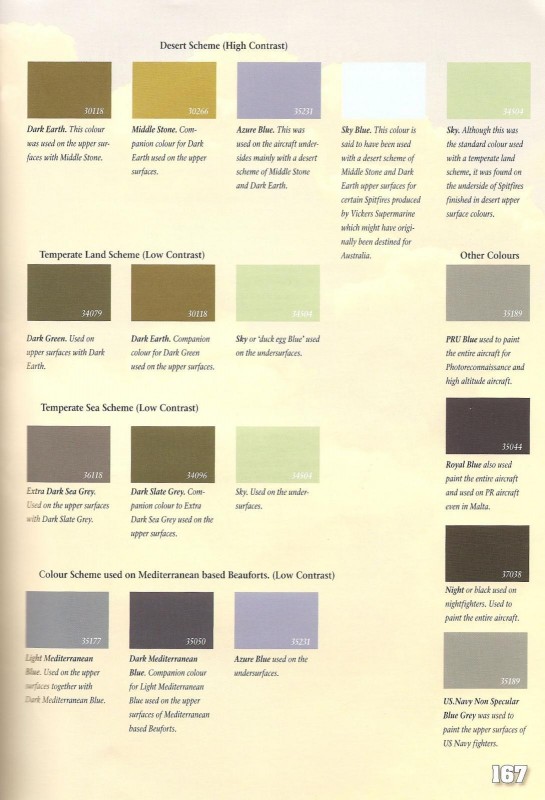
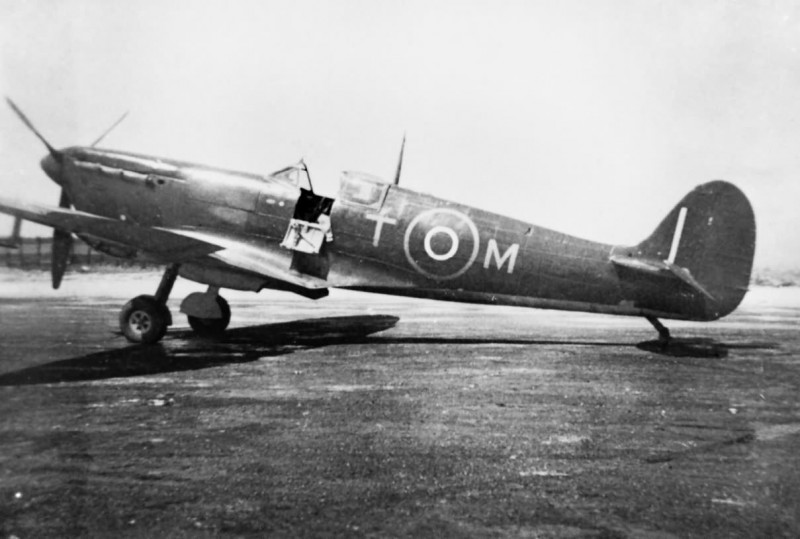

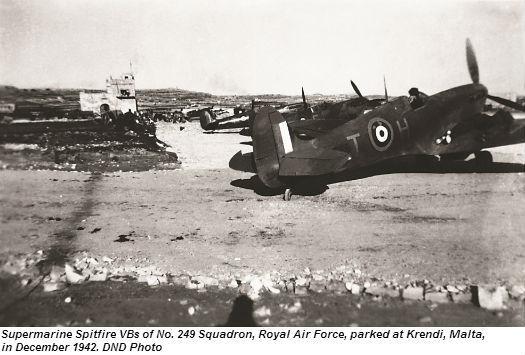
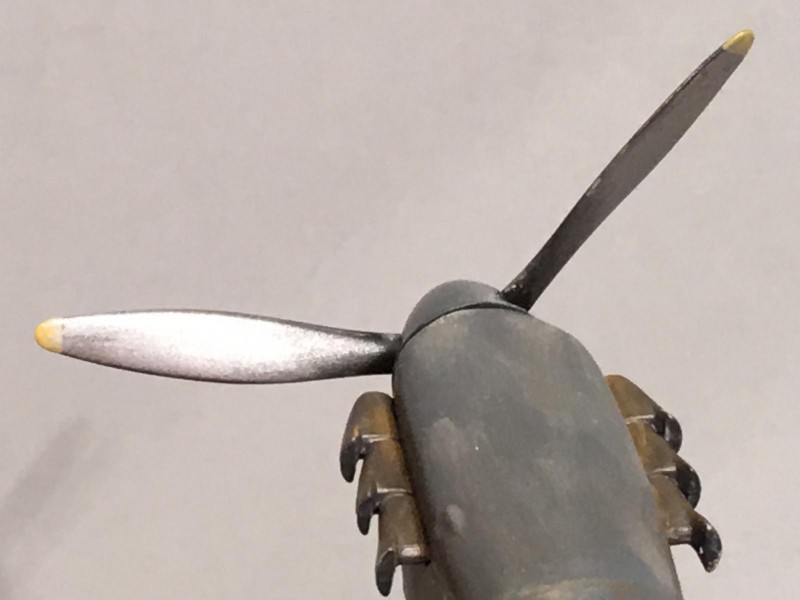


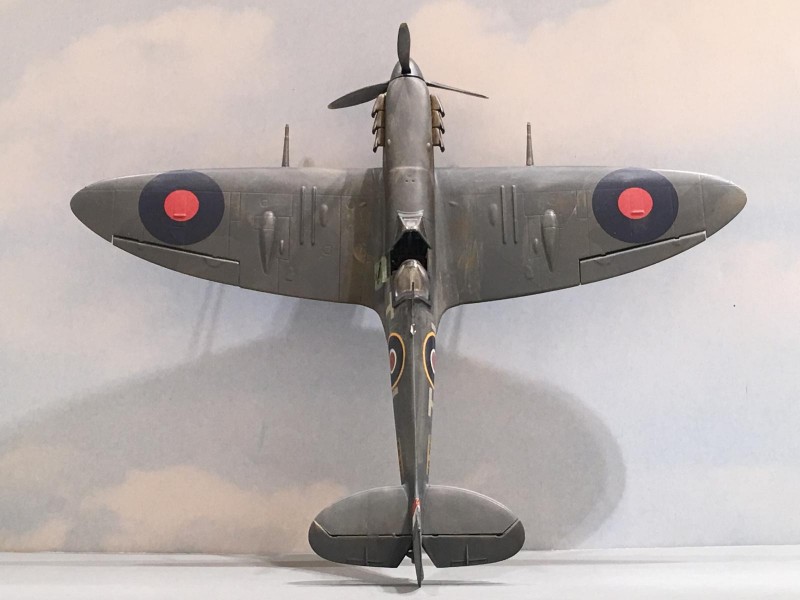
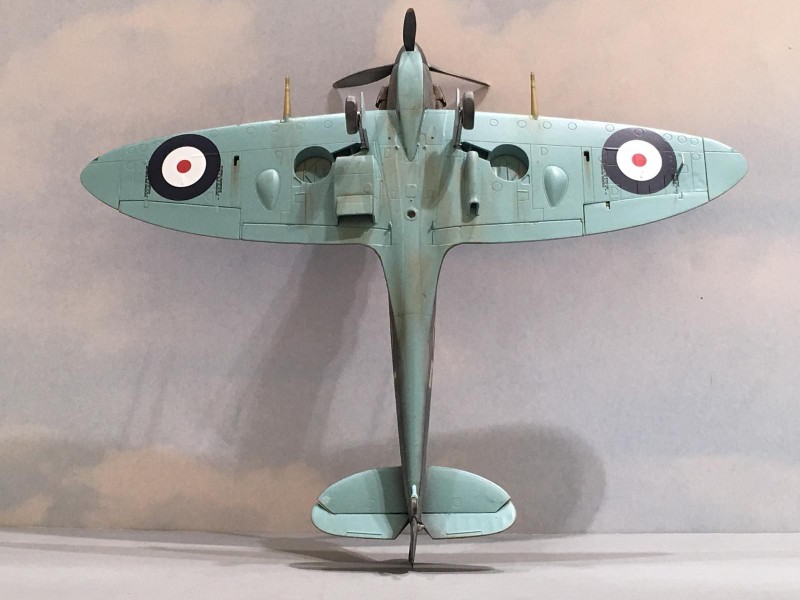
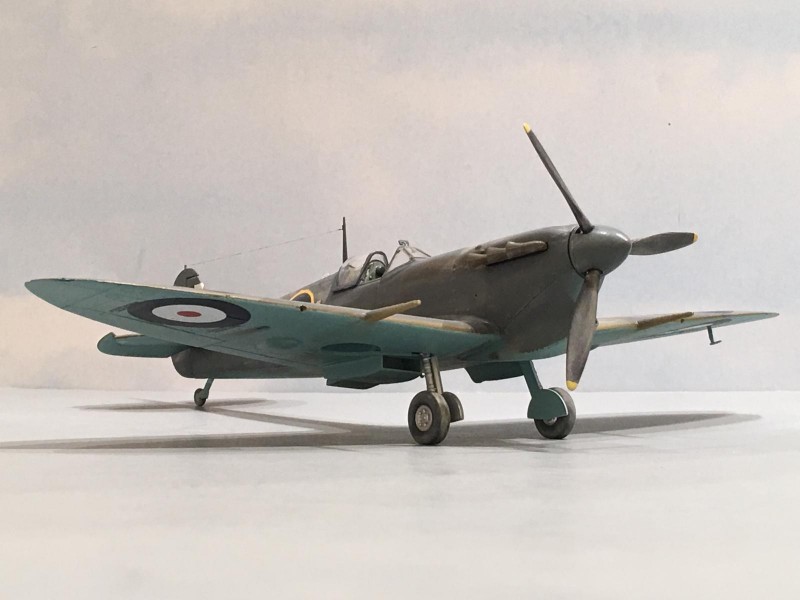
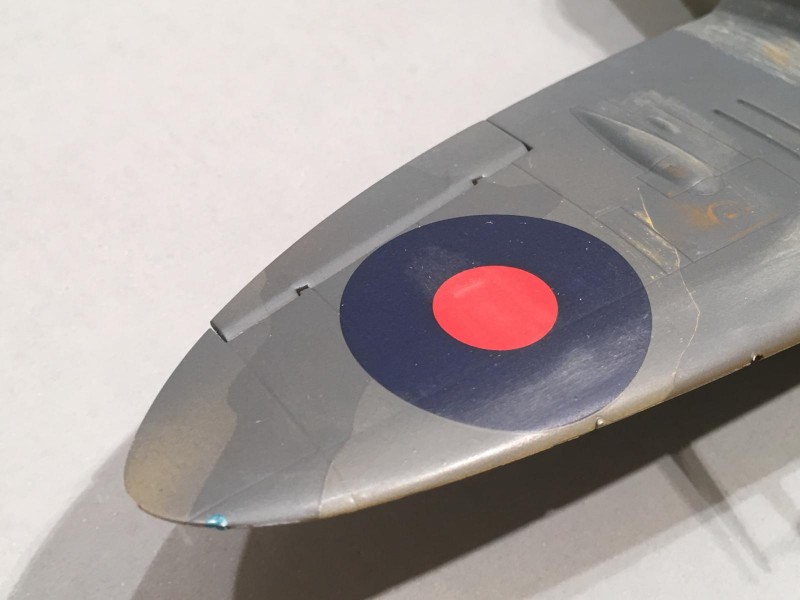

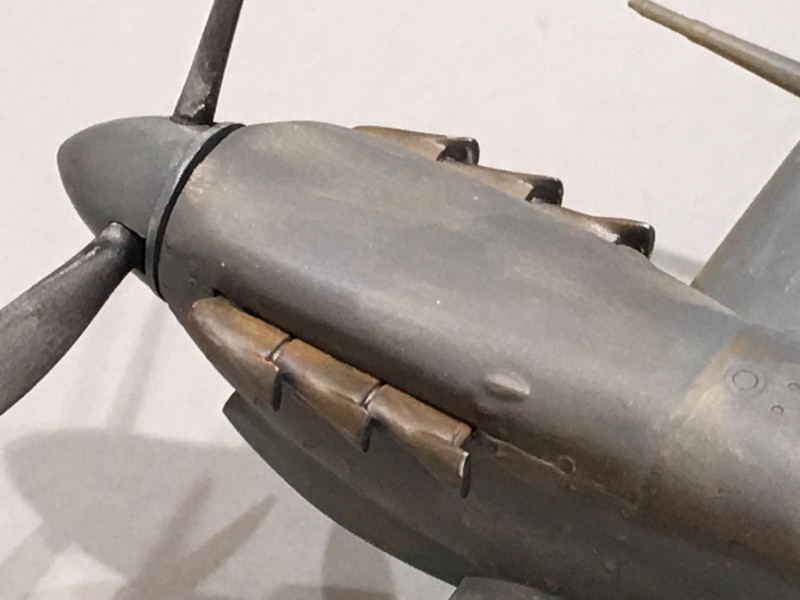
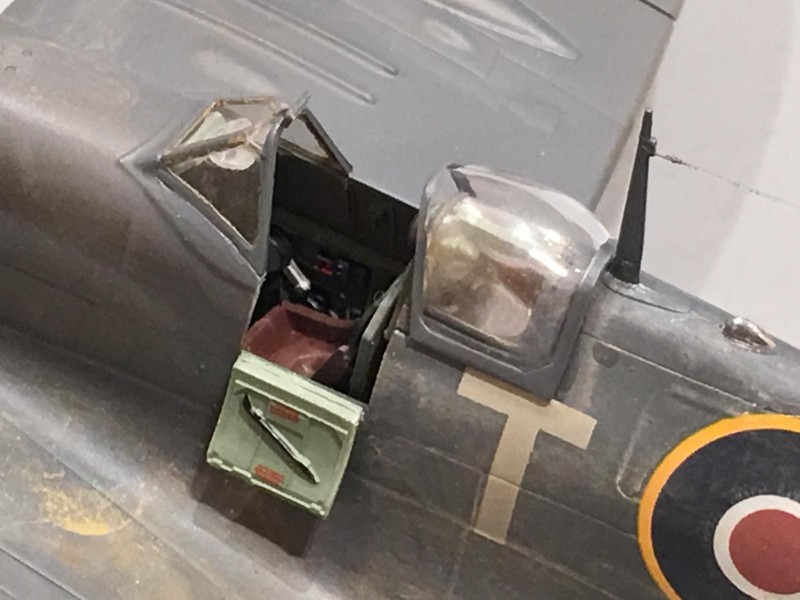
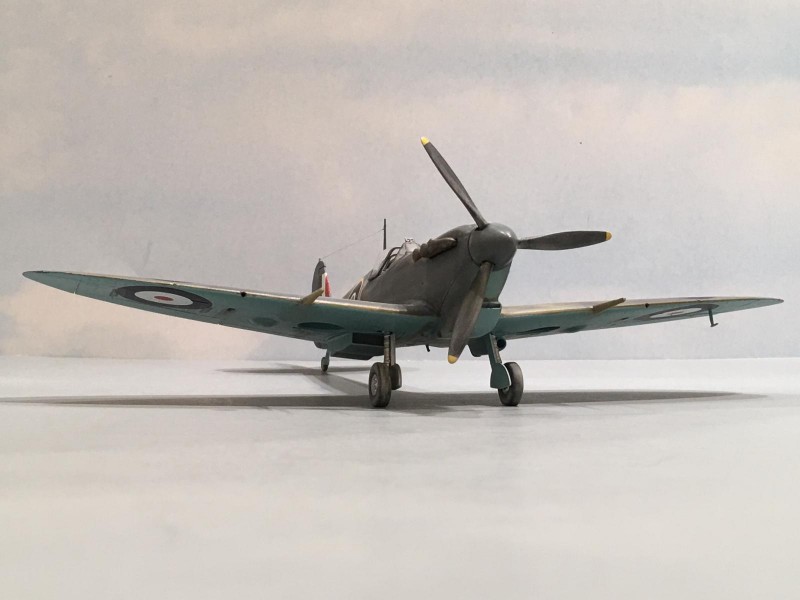
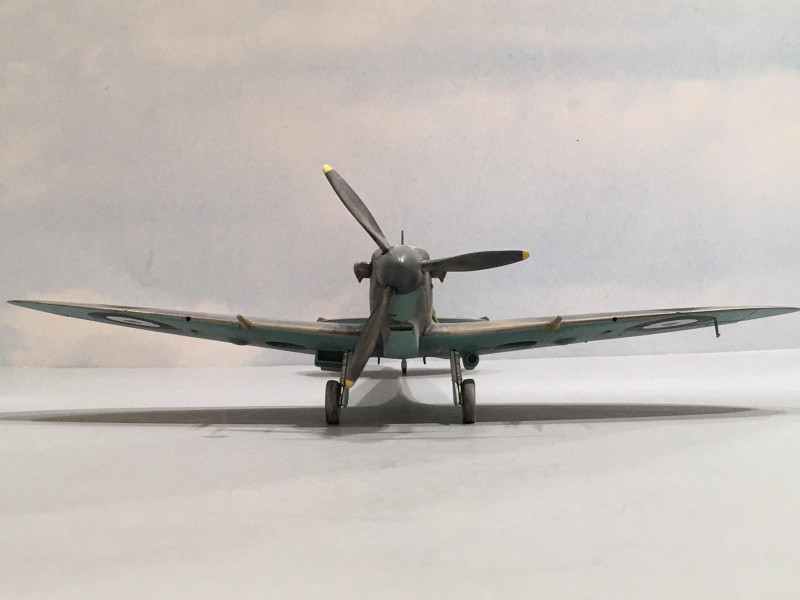
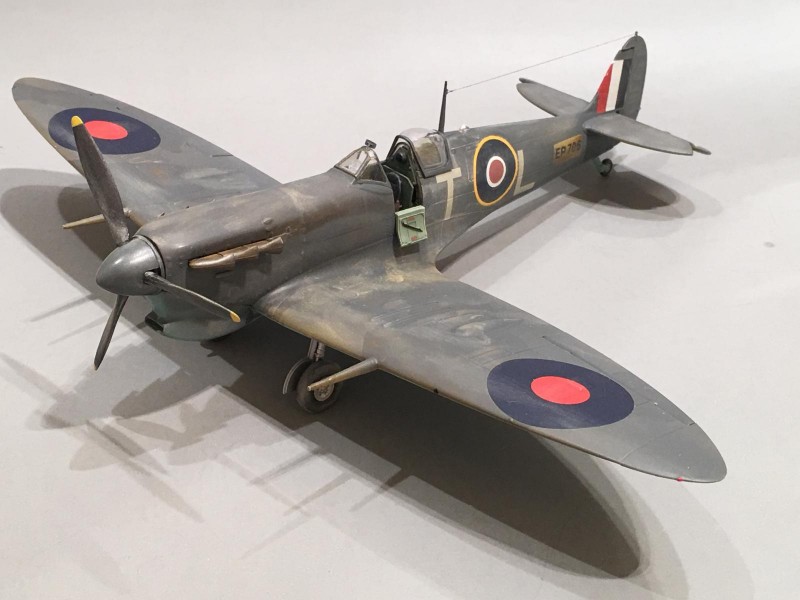
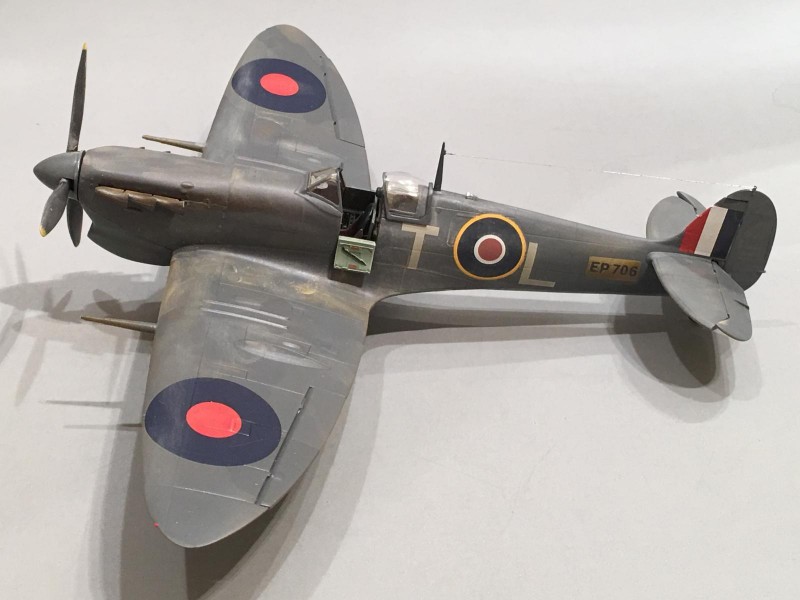
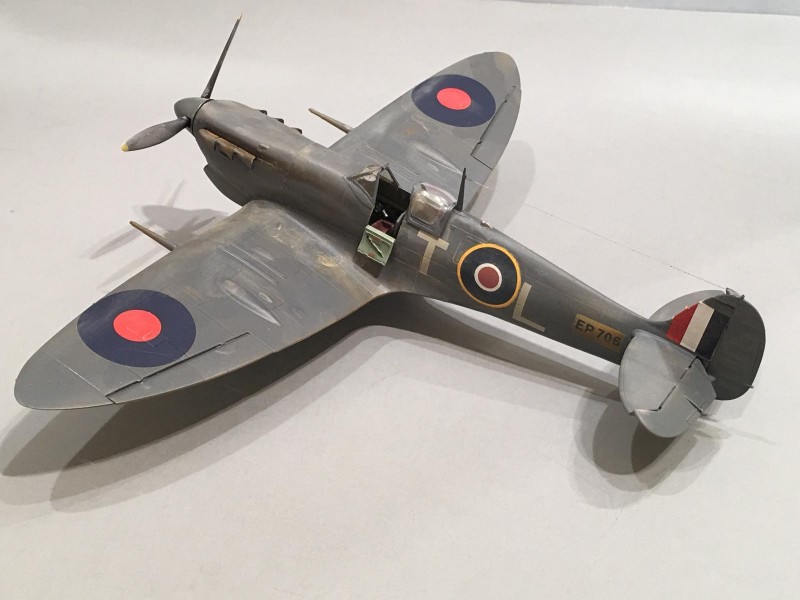
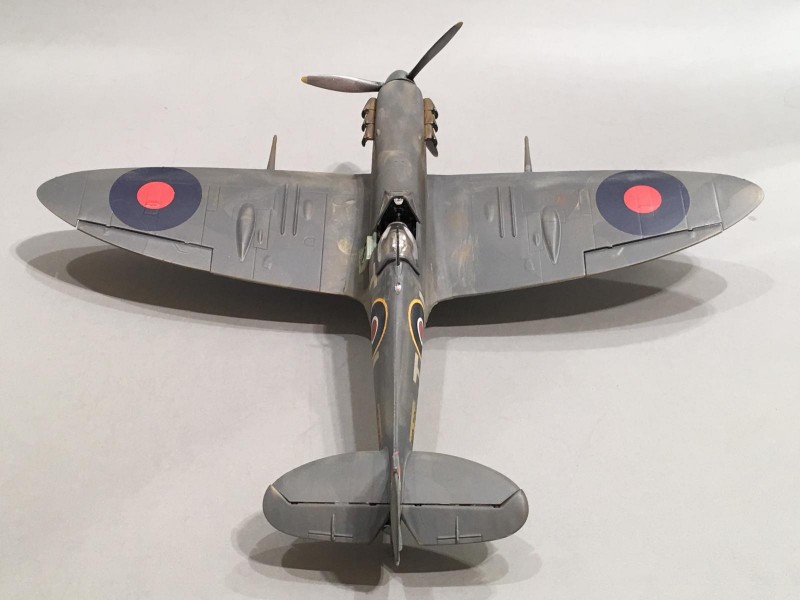
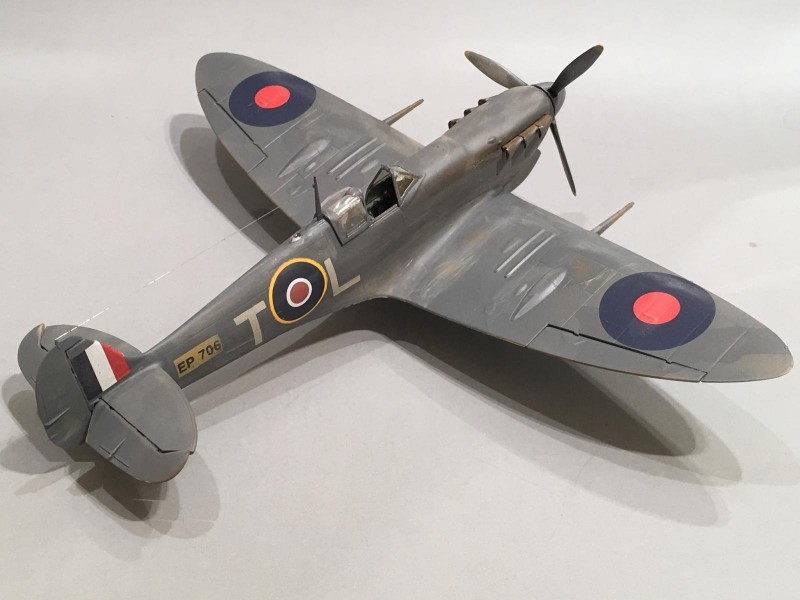
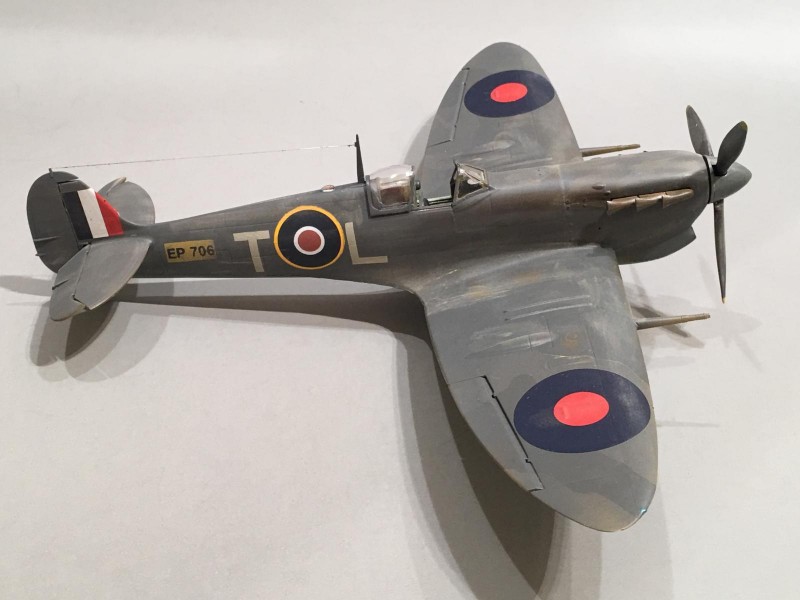
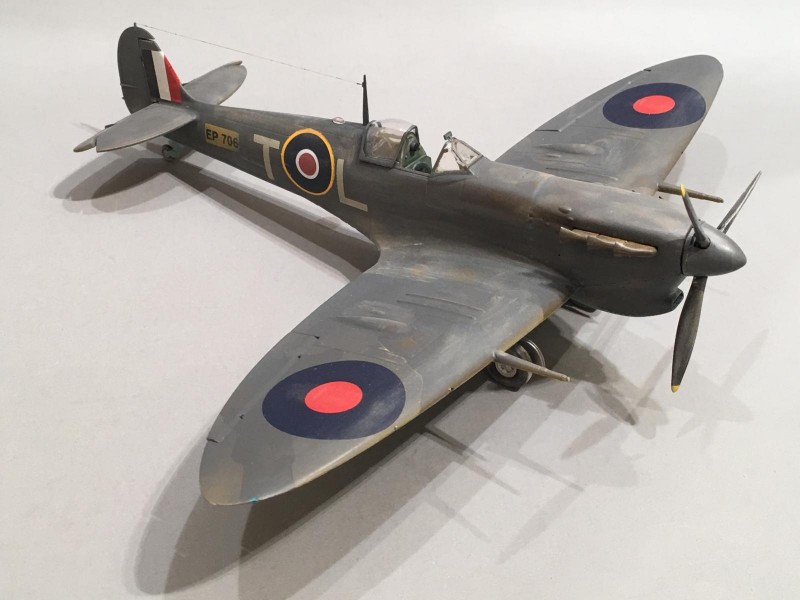
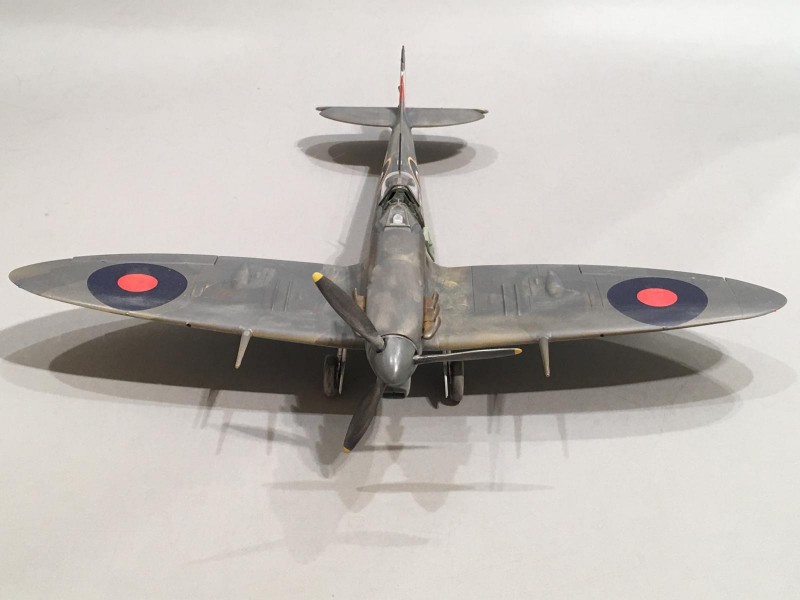
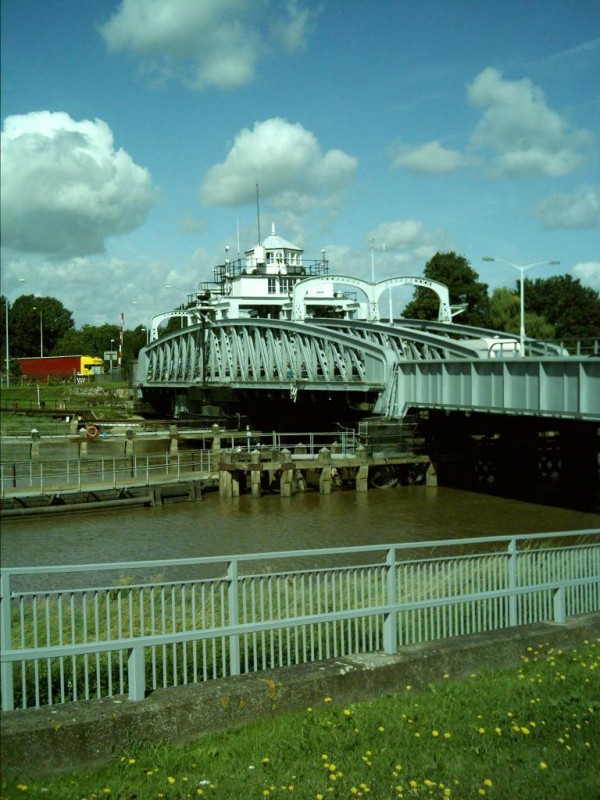
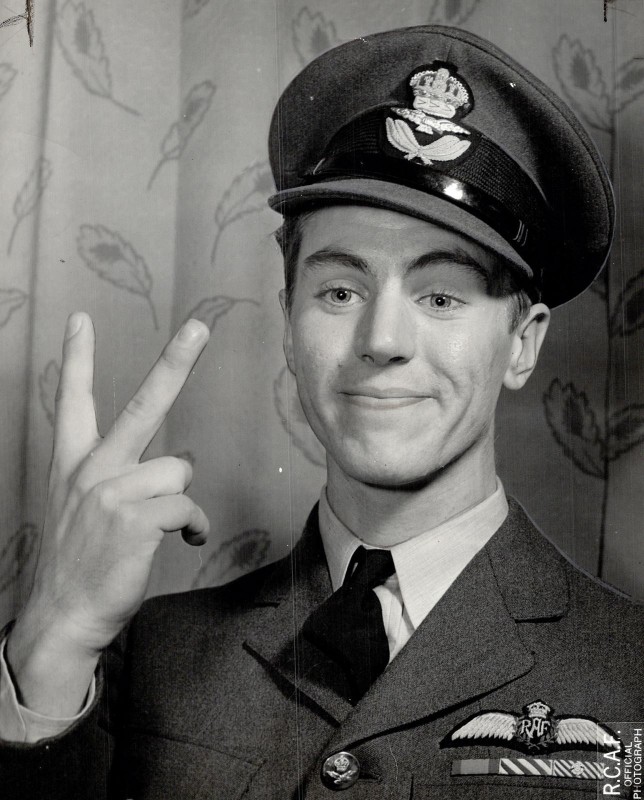
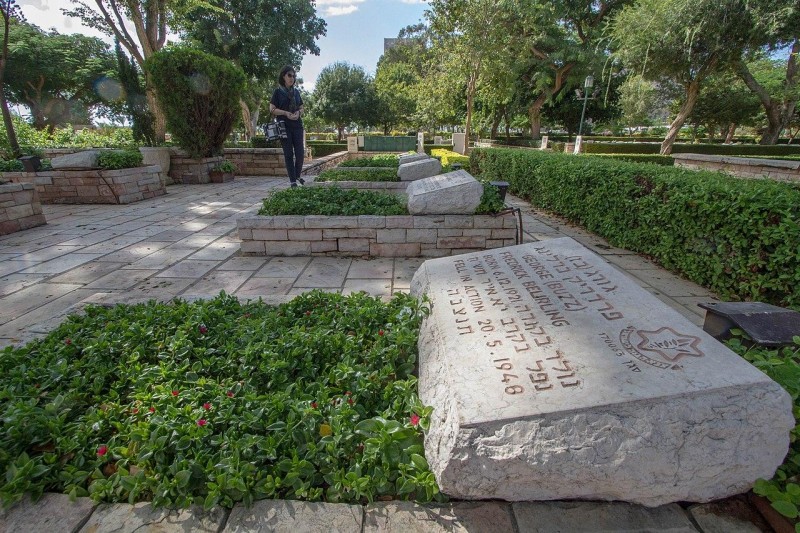
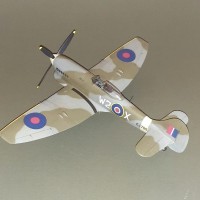
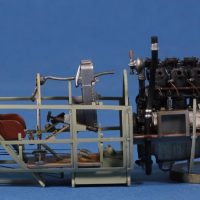


This one by far Louis is the best of the best. The Volkes air filter does give the Spit some character though not on the pretty side of things. You are correct with more info coming out from sources not all confirmed or verified when it comes down to what the correct camo schemes were used temporary or otherwise . Though some images in black and white show many variances yet still difficult to pin down certain colors. Like as you mention the squadron codes. The story itself is quite a history lesson as well. Very well written article. Well done my friend. Happy New Year.
Thank you very much for the kind words Chuck. I sincerely appreciate this. I learned so much about a lot of different things while doing the research on these Malta Spitfires. The history behind the man was equally as good.
Happy New Year.
Hola, impresionante documento gráfico el que has desarrollado. Documentación muy necesaria para fabricar y envejecer el Spit. Y el modelo ha quedado precioso. Me encanta ese avión.
Feliz año nuevo!
Thank you very much and have a Happy New Year too !
Un artículo interesante .Feliz año !
Thanks ! Have a Happy New Year too !
Beautifully done, Louis! Thanks for enlightening us on a true hero.
The chin filter sure ruins the graceful look of the Spitfire, IMHO.
Well done, my DAT Brother!
Thanks my friend. Typical of some veterans who returned home after being in combat, I'm sure that Beurling suffered from what we call today PTSD.
The Spitfire looks great but the Vokes filter does take away a little from its appearance.
Thanks again buddy and Happy New Year !
Ah Louis the Werks keeps on Werking and it does produce some fine looking products. Interesting story and history about the man behind the machine, I enjoyed the read. Well done buddy, I like it.
Hey Tom ! Thanks buddy.
Yes the Iron Werks has been busy this year with various projects. The Spitfires have been keeping me rather busy.
I spent a lot of time with researching this one. I hope that the final results are worth the efforts. I'm glad that you enjoyed the article.
Happy New Year too !
fine presentation
Thanks Bob !
A fine job, sir. Amazing detective work in figuring out the scheme.
I spent a whole lot of time doing research on this build. I am probably guilty of occasionally obsessing about having a model that is as close to the original color as possible. These Malta Spitfires were a best guess effort I made based on what I thought after all the reading and digging through pictures.
Thanks again and Happy New Year !
Stunning job Louis. Both the finish and the presentation are just spectacular.
Very well done!
@lgardner
Thanks James !
I'm glad you enjoyed the article and it is very good to hear from you.
Happy New Year my friend.
Another great build Louis, and a great back story. Thanks!
Thanks Robert ! Hopefully I can get cranking on a few German twin engine planes here soon... and I hope that you will enjoy the story behind them as well.
Happy New Year !
Another beauty Louis! Happy New Year.
Great build and story Louis. That's exactly the way I plan to do my Malta kite(whenever I get around to it) though I will be leaning to a bluer shade lightly sprayed over the desert camo
Louis, as always I am amazed with the thorough research and quality of your build. The faded blue and showing desert scheme looks very realistic and “operational”! The backstory and the results of your research are a pleasure to read, not to mention how useful they are for someone who wants to build a Malta Spitfire - as I sure want after reading your article. Thanks for sharing and, again, cheers for the awesome looking Spit!
Beautifully written and amazing model.
I'm searching to build a Malta spitfire and this article will help me a lot. Thanks
Fantastic story and Model! I hope my Spitfire from malta will be build in my next project! I try to find informations in internet about Lt. Beurling, but there is n any informations. Thank You!